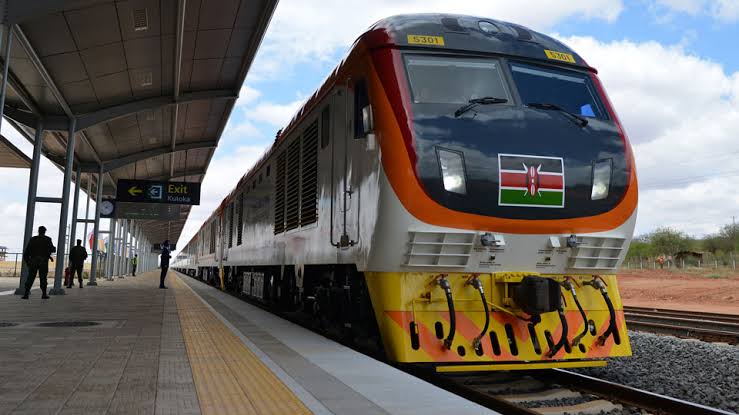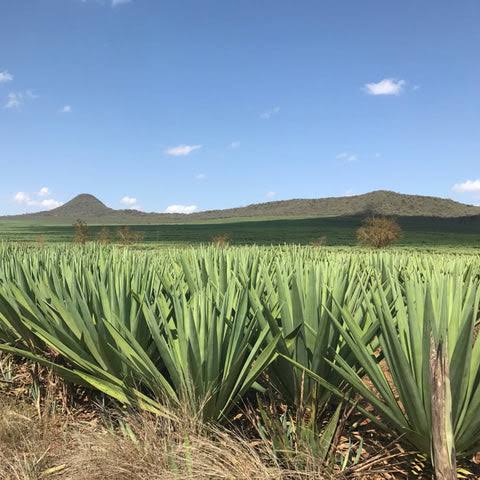Kenya – China: Deals, Development, and a New Diplomatic Era
Kenya is not borrowing to survive – it is borrowing to transform. In a world where global alliances are being redrawn, Kenya’s foreign policy is evolving with purpose.
The strategic engagement with China signals a new era of diplomacy – one that values outcomes over ideology, delivery over promises.
China’s ascent as a global economic force has given emerging nations alternatives in accessing capital, technology, and infrastructure expertise.

For Kenya, this isn’t just a shift in allies – it is a pivot toward development partnerships that are pragmatic, timely, and aligned with national priorities.
At the heart of this engagement is a foreign policy rooted in non-alignment, one that allows Kenya to work with those who deliver while maintaining its independence on the global stage.
Nowhere is this partnership more visible than in the infrastructure space. The landscape of modern Kenya – from railway lines to intelligent traffic systems – is being reshaped by joint efforts with China.
Infrastructure is no longer just about movement – it is about opening up industrial corridors, reducing logistical costs, attracting private investment, and unlocking inclusive growth.
The extension of the Standard Gauge Railway from Naivasha to Malaba, for instance, is more than a transportation project; it is a conduit for regional trade and integration across Uganda, DRC, and South Sudan.
From Raw Exports to Industrial Ambitions
Yet, even as China stands as Kenya’s largest trading partner, the trade balance tells a more sobering story.
Kenya continues to import high volumes of manufactured goods while exporting only a narrow range of primary products. But this reality is prompting a shift in strategy.
The government is now pushing for industrial collaboration and value chain development. Joint ventures in textile and leather processing, particularly through county industrial parks, are being prioritized.
Sisal, in growing demand in China for use in paper and carpet manufacturing, is being positioned as a catalyst for local industry.

Smart Borrowing, Balanced Diplomacy
On the fiscal front, reforms are underway to strengthen debt transparency and ensure that public borrowing is guided by logic, not desperation.
The government’s message is unequivocal: Kenya is not interested in borrowing for short-term fixes – it is borrowing for structural transformation.
To this end, there is a growing pivot toward Renminbi (RMB)-denominated financing, a move that reduces exposure to dollar volatility and offers longer repayment terms with concessional rates.
Additionally, Kenya is keen to tie foreign loans to projects that generate returns – whether through tolling infrastructure, taxable economic activity, or job creation.
This marks a notable departure from past models of debt accumulation and reflects a growing maturity in fiscal governance.
The Road Ahead
Still, the road ahead requires strategic navigation. Kenya is fully aware of the narratives that often shadow such partnerships.
The “debt trap” trope is being countered through diversified borrowing, prudent investment, and fiscal reforms. Fears of overdependence are being addressed by balancing engagement with the U.S., the European Union, and other global blocs.
Meanwhile, geopolitical pressures are being managed through a principled non-aligned stance – one that puts Kenya’s national interest and BETA at the center of every deal.
In the end, Kenya is not waiting for aid. It is building prosperity – intentionally, intelligently, and in partnership with those who share its vision.
